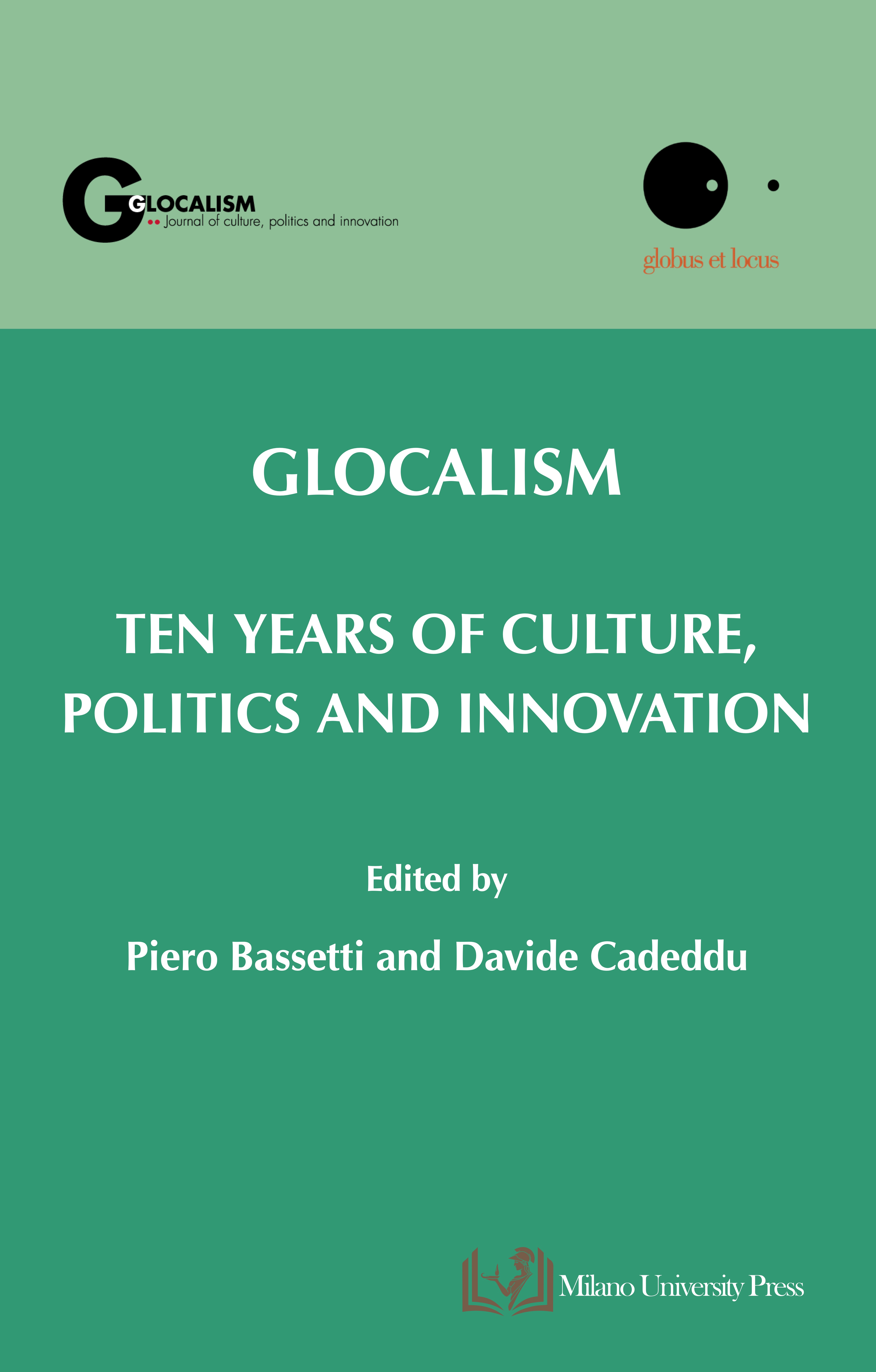Place Attachment in a Sustainable Neighbourhood: Comparison of Two Cases in Surrey, B.C
DOI:
https://doi.org/10.12893/gjcpi.2015.2.1Keywords:
place attachment, embodied space, social sustainability, enclave urbanism, SurreyAbstract
Scholars have voiced the emphasis of studies in sustainability on environmental sustainability over social sustainability. One of the dimensions of social sustainability is neighbourhood cohesion among residents of a neighbourhood. This paper compares the social sustainability of two neighbourhoods in Vancouver metropolitan area particularly in the city of Surrey, B.C. with respect to the sense of neighbourhood cohesion among their residents. Buckner’s (1988) instrument for measuring neighbourhood cohesion index is used with the addition of a few questions to probe for a new conception of space that may link the degree of accessibility and permeability of a neighbourhood (or degree of gated-ness) with the level of neighbourhood cohesion. Results of qualitative and quantitative analysis show that the neighbourhood having an enclosure model had a higher level of neighbourhood cohesion than the neighbourhood with an encounter model on both the affective and interactive dimensions of neighbourhood cohesion.
Downloads

Downloads
Published
Issue
Section
License
Copyright (c) 2023 Karim W. F. Youssef

This work is licensed under a Creative Commons Attribution-ShareAlike 4.0 International License.










